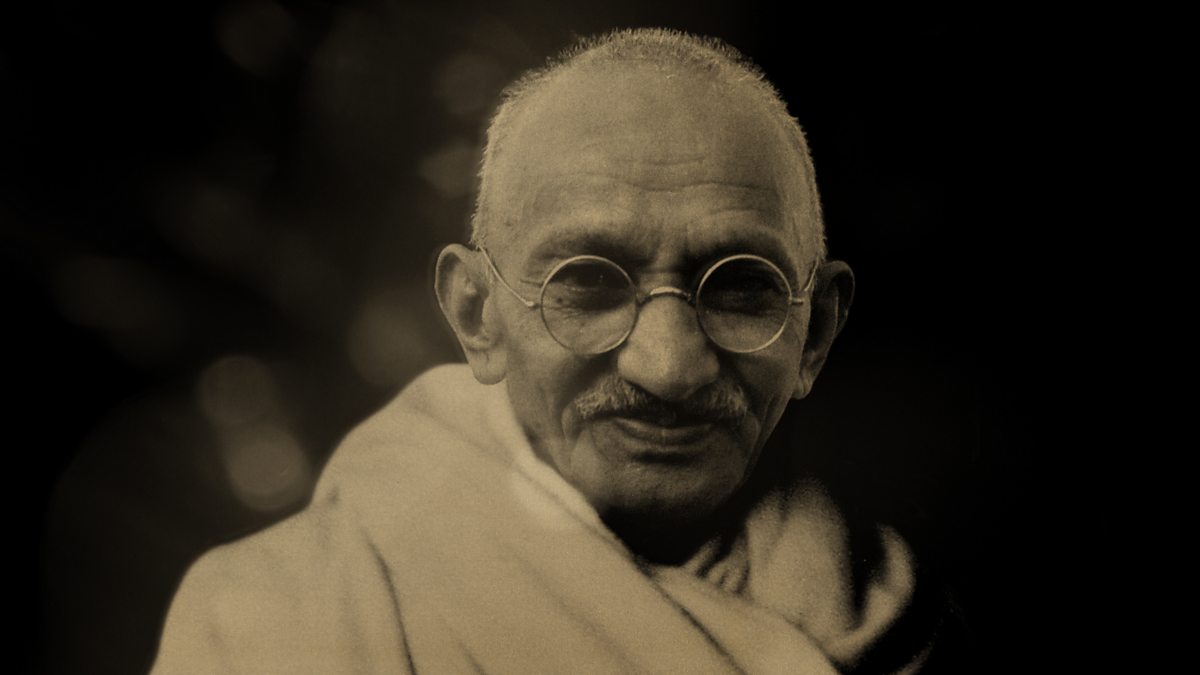

In 1919, Gandhi launched an organized campaign of passive resistance in response to Parliament’s passage of the Rowlatt Acts, which gave colonial authorities emergency powers to suppress subversive activities. He supported the British war effort in World War I but remained critical of colonial authorities for measures he felt were unjust. In July 1914, Gandhi left South Africa to return to India. Finally, under pressure from the British and Indian governments, the government of South Africa accepted a compromise negotiated by Gandhi and General Jan Christian Smuts, which included important concessions such as the recognition of Indian marriages and the abolition of the existing poll tax for Indians. During its final phase in 1913, hundreds of Indians living in South Africa, including women, went to jail, and thousands of striking Indian miners were imprisoned, flogged and even shot. In 1906, after the Transvaal government passed an ordinance regarding the registration of its Indian population, Gandhi led a campaign of civil disobedience that would last for the next eight years.

That train journey served as a turning point for Gandhi, and he soon began developing and teaching the concept of satyagraha (“truth and firmness”), or passive resistance, as a way of non-cooperation with authorities. On a train voyage to Pretoria, he was thrown out of a first-class railway compartment and beaten up by a white stagecoach driver after refusing to give up his seat for a European passenger. When a European magistrate in Durban asked him to take off his turban, he refused and left the courtroom. Gandhi was appalled by the discrimination he experienced as an Indian immigrant in South Africa. The march resulted in the arrest of nearly 60,000 people, including Gandhi himself.

Along with his wife, Kasturbai, and their children, Gandhi remained in South Africa for nearly 20 years.ĭid you know? In the famous Salt March of April-May 1930, thousands of Indians followed Gandhi from Ahmadabad to the Arabian Sea. He soon accepted a position with an Indian firm that sent him to its office in South Africa. Upon returning to India in mid-1891, he set up a law practice in Bombay, but met with little success. At the age of 19, Mohandas left home to study law in London at the Inner Temple, one of the city’s four law colleges. His father was the dewan (chief minister) of Porbandar his deeply religious mother was a devoted practitioner of Vaishnavism (worship of the Hindu god Vishnu), influenced by Jainism, an ascetic religion governed by tenets of self-discipline and nonviolence. Mohandas Karamchand Gandhi was born on October 2, 1869, at Porbandar, in the present-day Indian state of Gujarat.


 0 kommentar(er)
0 kommentar(er)
